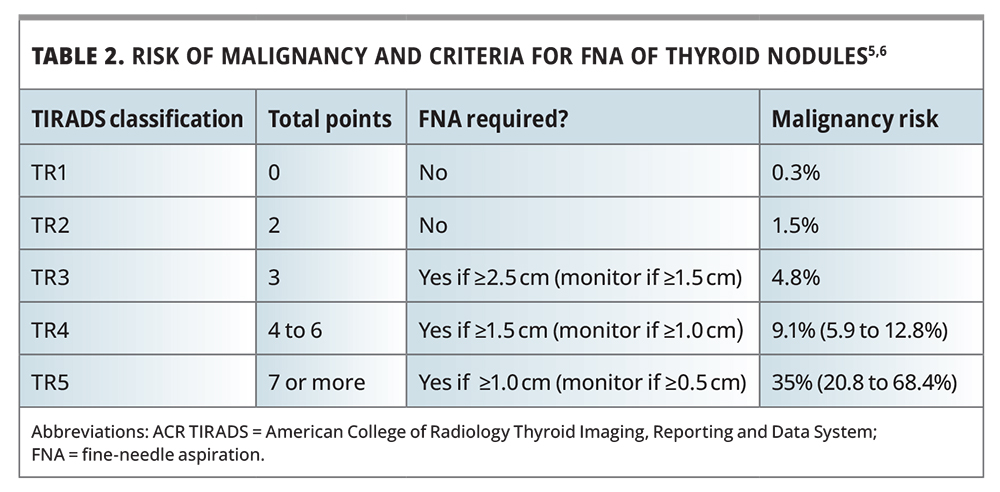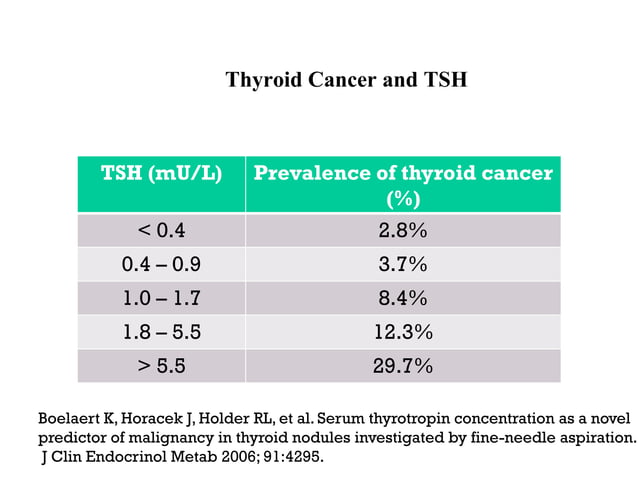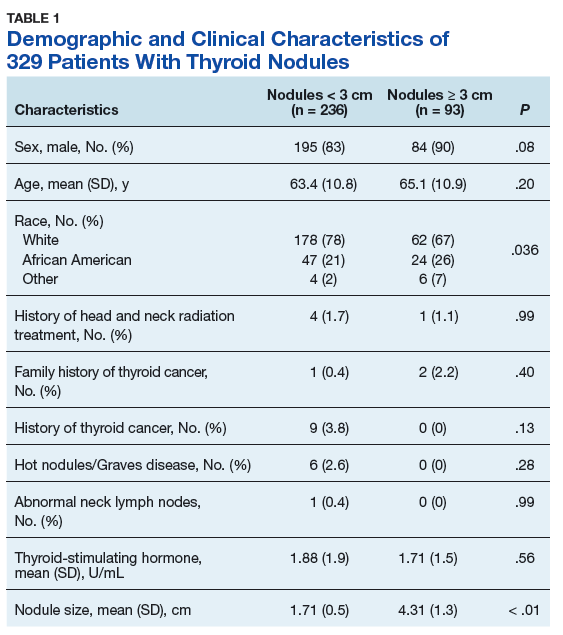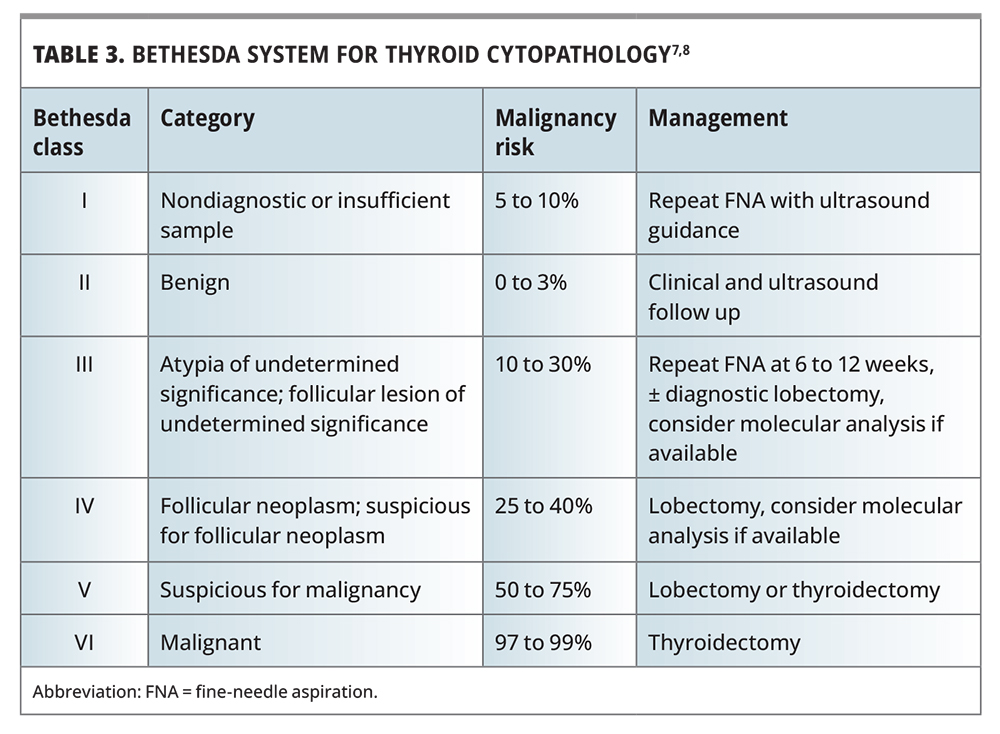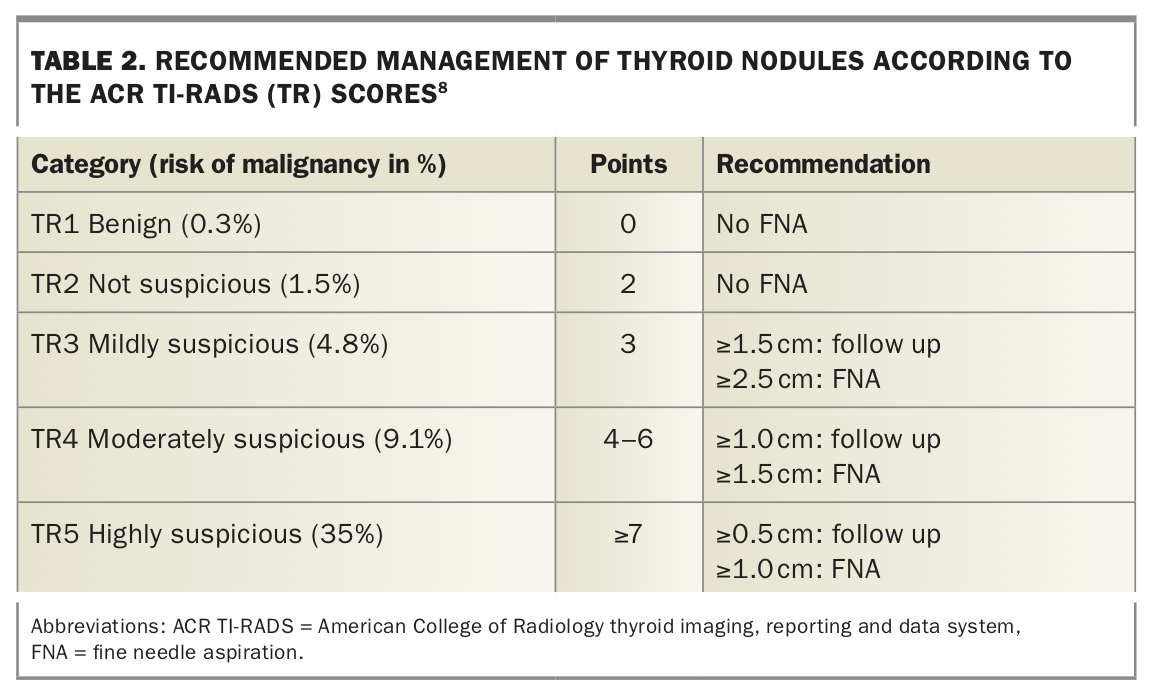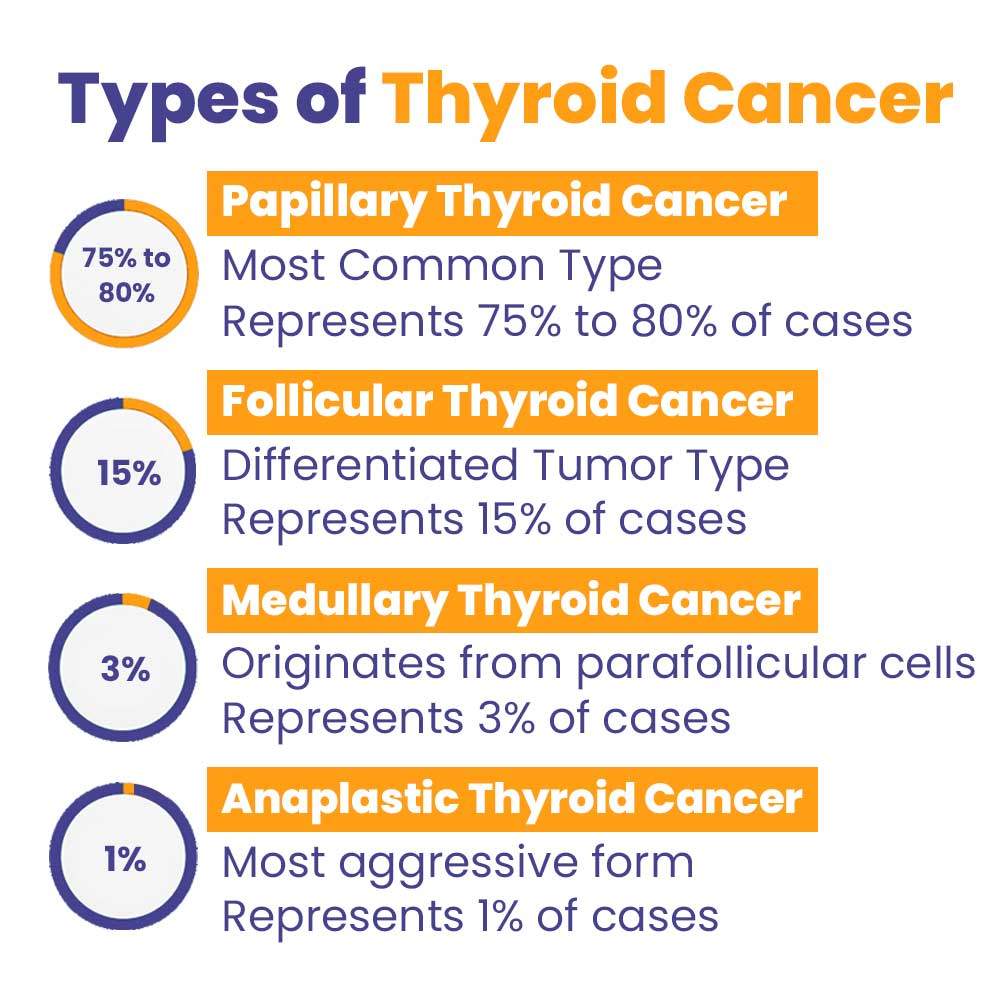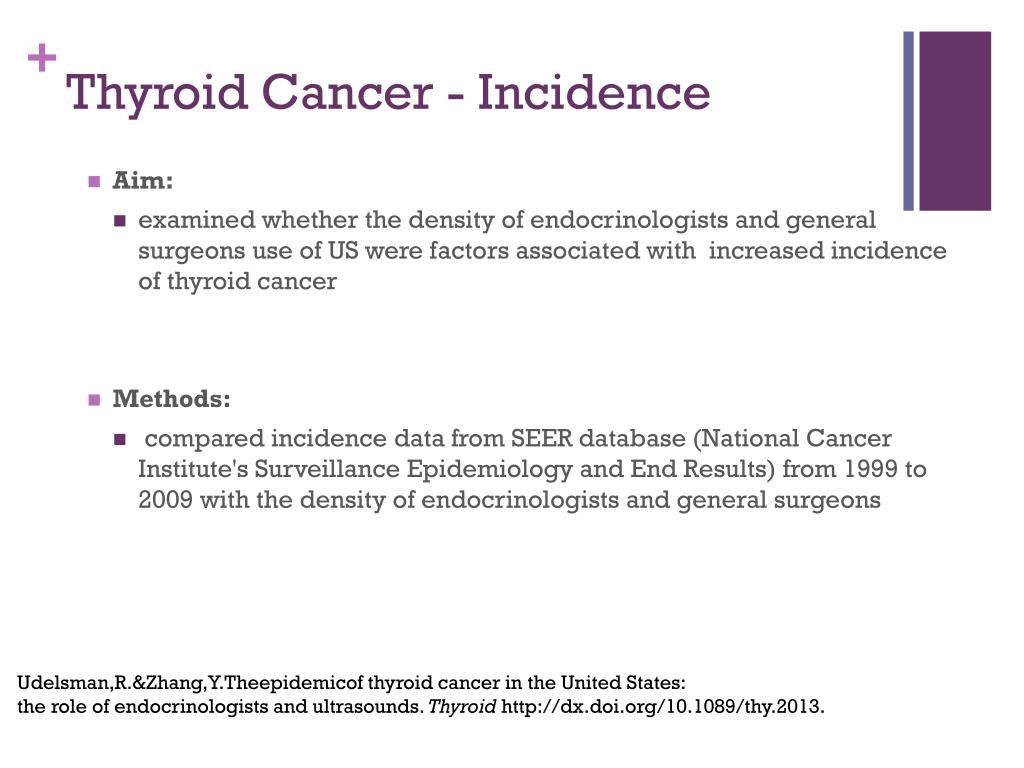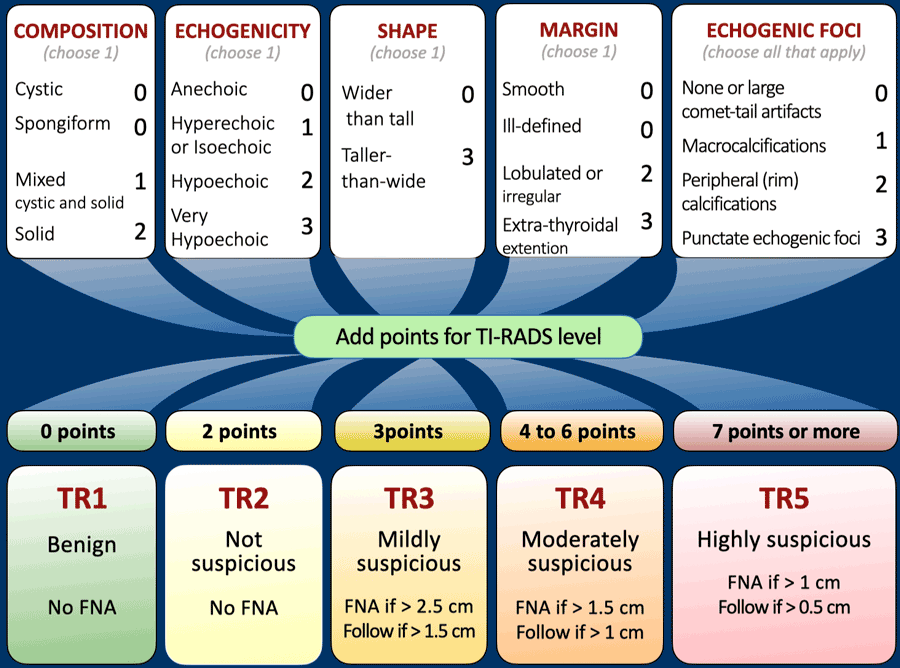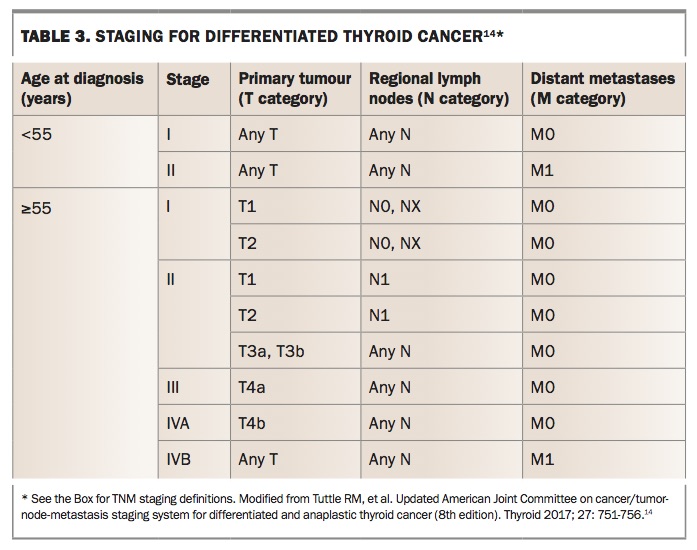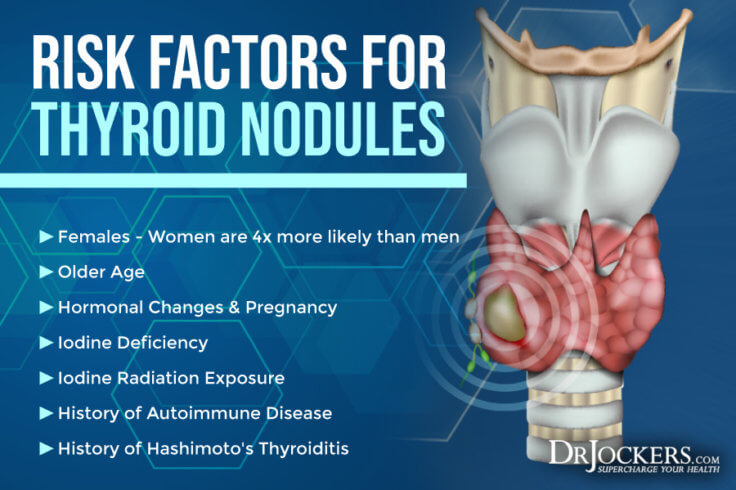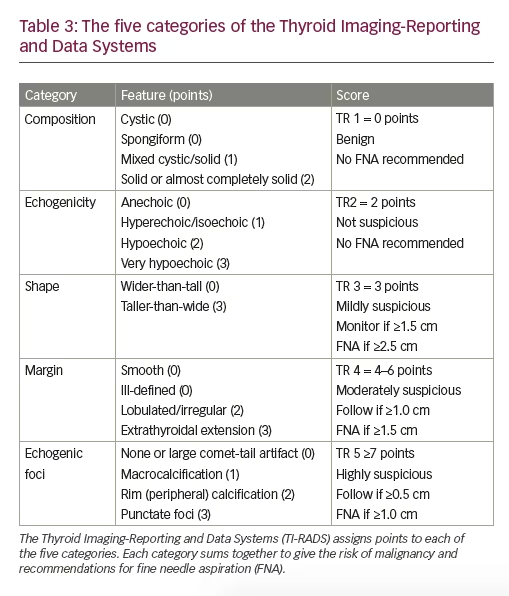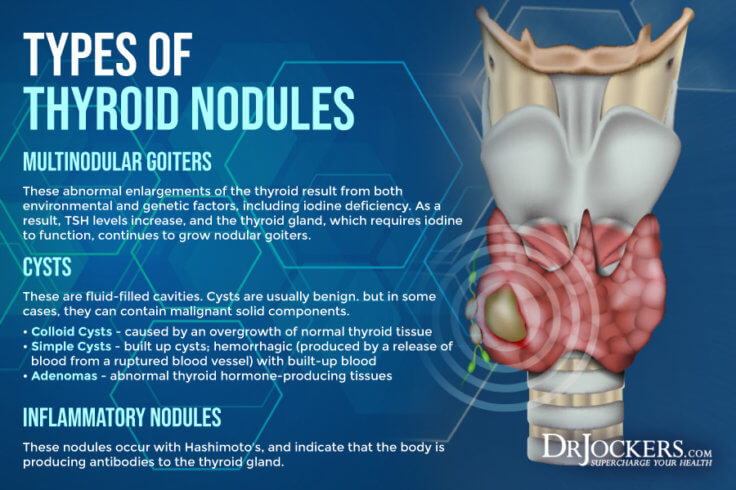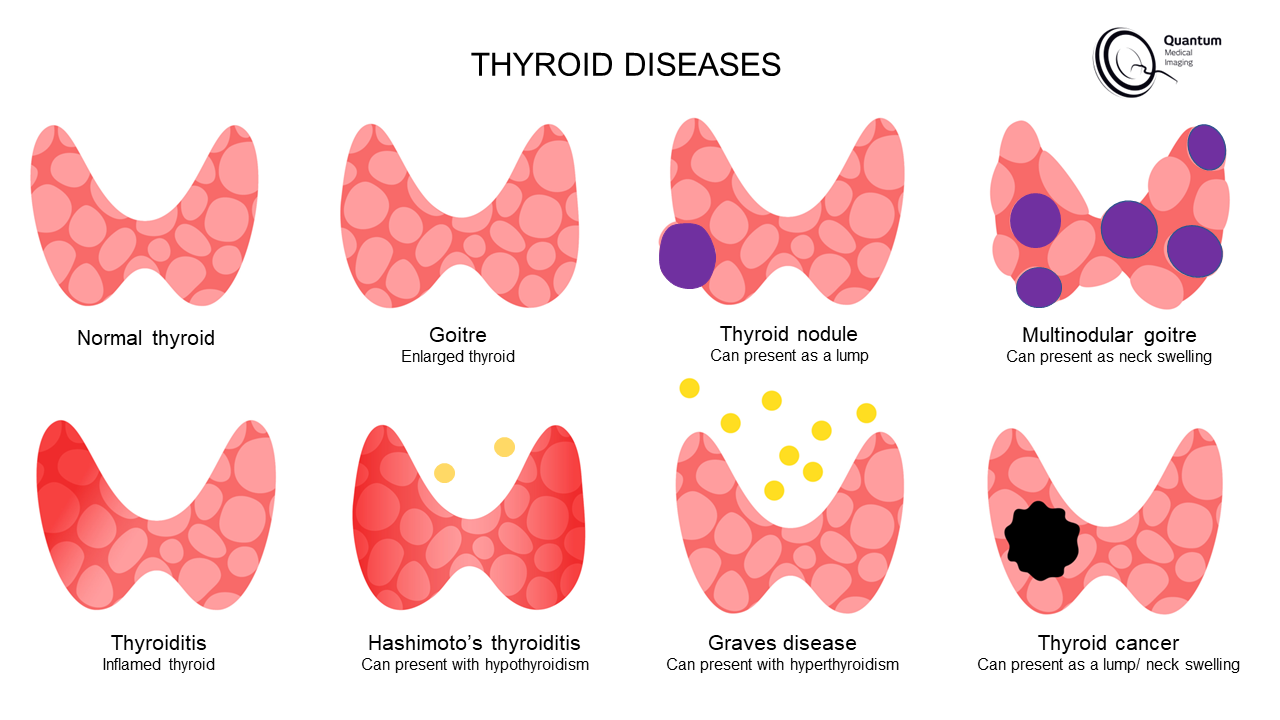What Percentage Of Tr5 Thyroid Nodules Are Cancerous
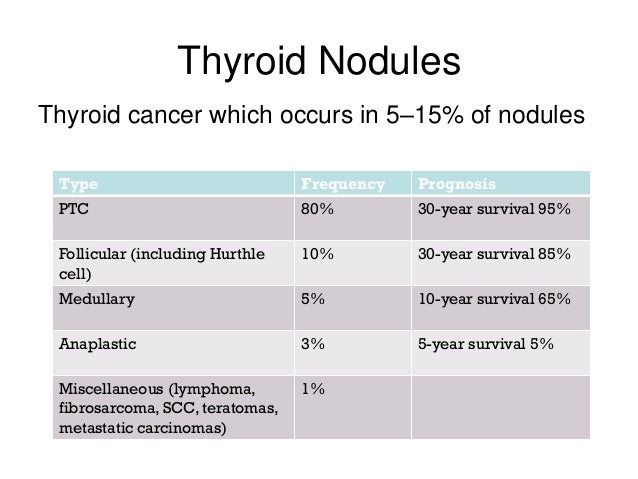
Imagine sitting in a sun-drenched doctor’s office, the scent of antiseptic mixing with the faint aroma of lilies from a nearby vase. You’ve just received the results of a thyroid ultrasound, and the term "TR5 thyroid nodule" hangs in the air, carrying a weight of uncertainty. What does it all mean?
Understanding the significance of a TR5 classification and its associated risk of malignancy is crucial for informed decision-making regarding thyroid nodule management. While the news can be unsettling, understanding the actual percentage of TR5 nodules that turn out to be cancerous empowers patients to navigate their healthcare journey with knowledge and hope.
The Landscape of Thyroid Nodules
Thyroid nodules are incredibly common, affecting a significant portion of the population. Many people are unaware they even have them. In fact, it is estimated that over half of adults will develop at least one thyroid nodule in their lifetime.
Fortunately, the vast majority of these nodules are benign, meaning they are not cancerous. However, the possibility of malignancy always warrants careful evaluation and monitoring. Ultrasound is the primary imaging modality used to assess thyroid nodules.
Enter the TI-RADS System
To standardize the assessment and management of thyroid nodules, the American College of Radiology (ACR) developed the Thyroid Imaging Reporting and Data System, or TI-RADS. This system categorizes nodules based on their ultrasound characteristics, assigning them a risk score ranging from TR1 (almost certainly benign) to TR5 (high suspicion of malignancy).
TI-RADS aims to provide a clear and consistent framework for radiologists to communicate the risk of cancer to clinicians, guiding decisions about whether a fine-needle aspiration (FNA) biopsy is necessary. This approach helps minimize unnecessary biopsies while ensuring that potentially cancerous nodules are promptly investigated.
Decoding TR5: What Does it Really Mean?
A TR5 classification indicates that a thyroid nodule possesses ultrasound features strongly suggestive of malignancy. These features may include irregular margins, microcalcifications, taller-than-wide shape, marked hypoechogenicity, and evidence of extrathyroidal extension.
But what exactly is the probability that a TR5 nodule is cancerous? The key is to remember that "high suspicion" doesn't automatically equal "cancer."
The Percentage Breakdown: Fact vs. Fear
According to data from the ACR and various studies published in reputable journals like Thyroid, the risk of malignancy for a TR5 thyroid nodule typically ranges from 65% to over 90%. This is significantly higher than the risk associated with lower TR categories.
However, it's crucial to avoid alarm. While the percentage sounds high, it is important to note that even with this classification, there's still a chance the nodule is benign. An FNA biopsy is usually recommended to confirm the diagnosis.
The final diagnosis rests on the pathological examination of the cells obtained during the biopsy. This offers a definitive answer about the nature of the nodule.
Beyond the Numbers: Context is Key
The percentage risk associated with TR5 is a valuable piece of information, but it's only part of the bigger picture. Individual patient factors, such as age, family history of thyroid cancer, and other medical conditions, also play a significant role in determining the best course of action.
An experienced endocrinologist or thyroid specialist will consider all these factors when developing a personalized management plan. This plan may involve active surveillance, FNA biopsy, or even surgical removal of the nodule.
Ultimately, the goal is to provide the best possible outcome for the patient, minimizing unnecessary interventions while effectively addressing any potential malignancy. Open communication between the patient and their medical team is paramount.
Looking Ahead with Hope
Receiving a TR5 classification for a thyroid nodule can undoubtedly be a stressful experience. However, armed with the knowledge of what this classification means and the steps involved in further evaluation, patients can approach their healthcare journey with greater confidence and peace of mind.
Remember, early detection and appropriate management are key to ensuring a positive outcome. Regular check-ups, adherence to recommended screening guidelines, and proactive communication with your doctor can all contribute to maintaining optimal thyroid health. While research suggests a risk up to 90% malignancy, a positive attitude can make the process easier.

